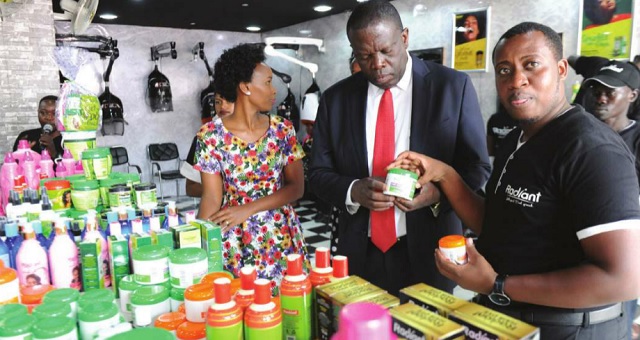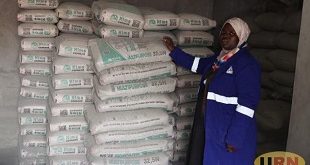
TRADE FAIR: Unstable prices, tough economic times scare international exhibitors
I arrive at the Uganda Manufactures Association grounds in Nakawa, Kampala on Oct.07 at around 9am for the 24th Uganda International Trade Fair. After making my way through the muddy parking lot to the gate, I join a queue of school children. In the parking lot, I see more school buses are dropping off more excited students and pupils, writes Juddie Wangari.
Once inside the fair, there are fewer people than I expected. It’s Friday, a workday, and still early morning. Still, the grounds are teeming with people and a buzz of activities. Loud music blaring from different stalls and open grounds mingles with endless announcements as exhibitors call customers to their stalls. It’s a carnival.
At the main exhibition hall, I find mainly students and exhibitors. Some of the mainly foreign exhibitors are demonstrating how their products work; especially kitchen equipment. Other exhibitors are talking excitedly to potential clients. But I notice some exhibitors sitting sullenly in deep thought.
I decide to stand at one of the stalls where a Chinese woman is demonstrating how to use a hand steam iron. She is its use on different kinds of materials and air brushing dust off coats. Her audiences include students. An interested elderly woman does not understand a word the Chinese woman is saying and turns to me to explain. I wonder to myself why they don’t have translators.
The next stall repeats the same scenario; students as the audience and a few adults. They are mainly watching because things on show are new, especially technology and it’s interesting.
As I walk around I am reminded of an international exhibition I attended in Turkey. The halls were arranged neatly, with similar products zoned in one place. It was easy to walk, get what you needed, and there were translators and no students. You got a feeling that you were there for serious business and not some sort of entertainment.
Unmet B2B expectations
I decide to ask the exhibitors about their experience. At the hand steam irons and kitchen wares, a woman who says she if from Dubai tells me she is the sales and marketing manager of the company. She says this their fourth time to exhibit in Uganda and it always the same; few sales and many customers asking for discounts. She says they also exhibit in Kenya and that it is different there.
“In Kenya there are serious buyers, there is real market,” she says, “the prices there are stable unlike here.” She says her company recently setup shop in Kenya “because there is real demand”.
At another stall, I find an Asian man sitting, with no goods to display. He has only brochures and stickers on the wall for his products. He looks bored. He says he is disappointed.
He tells me: “When I was invited to participate, I was told that it was going to be Business to Business meetings, I came prepared to meet suppliers and people willing to export my products but I am hugely disappointed because I have not interacted with anyone other than students picking some brochures. So for me, I don’t think I will be participating again. I feel that I have been cheated”.
It is his first time to exhibit in Uganda. He says he has exhibited in West African countries and has even managed to set up offices there. But to him, coming to Uganda was a wasted venture.
 The Independent Uganda: You get the Truth we Pay the Price
The Independent Uganda: You get the Truth we Pay the Price



